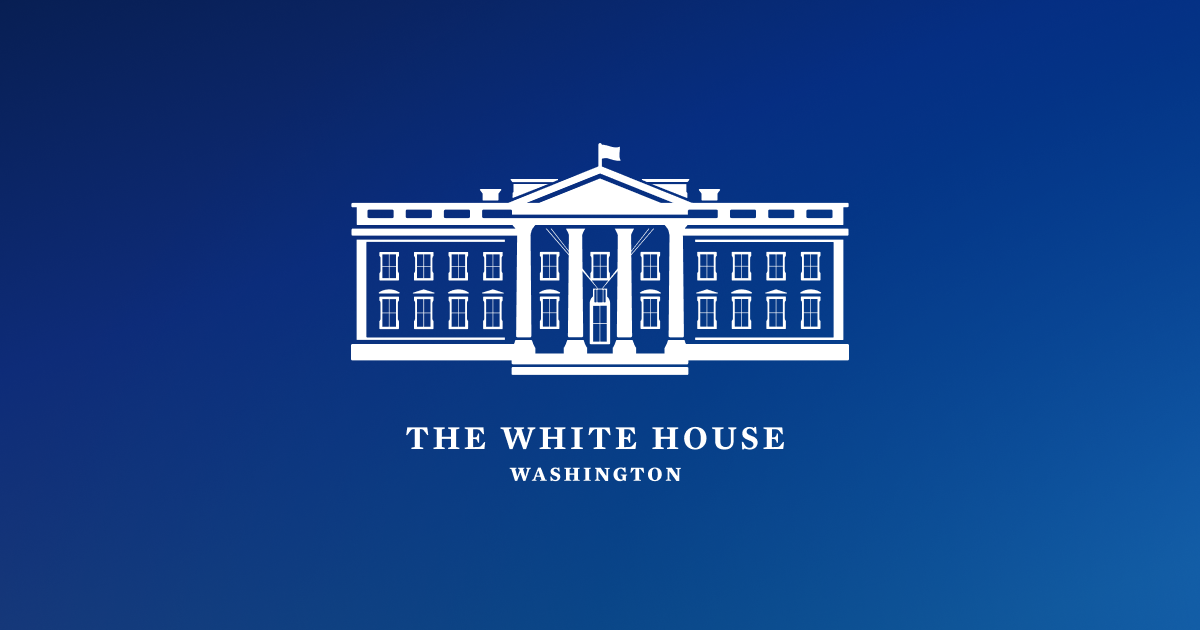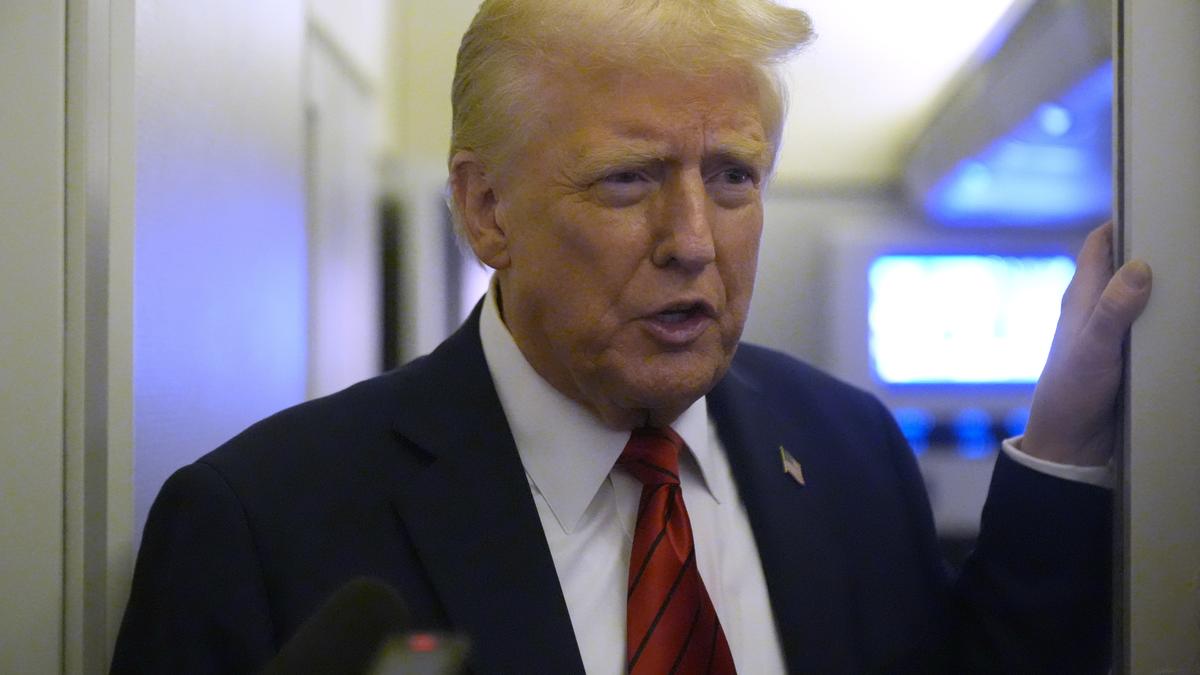US aerospace giant Boeing has partnered with India's AI Engineering Services Ltd to provide overhaul services to the Indian Navy's fleet of 12 P-8I maritime surveillance aircraft.
As part of the partnership, the first landing gear overhaul of a P-8I aircraft was recently completed at naval base INS Rajali in Tamil Nadu, Boeing India said on Tuesday.
"This is a first in India and reflects the growth in India's indigenous capabilities for undertaking complex Maintenance, Repair and Overhaul (MRO) services," it said in a statement.
The Boeing P-8I, a multi-role long-range maritime reconnaissance anti-submarine warfare (LRMR ASW) aircraft, is integral to the Indian Navy's maritime surveillance missions in the Indian Ocean.
Besides India, the aircraft is being operated by the United States, the United Kingdom, Australia, New Zealand, Norway, South Korea, and Germany.
"Through this partnership with AIESL (AI Engineering Services Ltd), we continue to make strategic investments in India's MRO capabilities that enhance mission readiness rates for the Indian Navy," said Salil Gupte, president, Boeing India and South Asia.
"Developing local MRO capabilities is critical for reducing repair turnaround time and aircraft downtime, thereby improving the mission readiness of customer fleets," he said.
The Boeing said it partnered with AIESL to provide in-country overhaul services of critical components for 12 Boeing P-8I aircraft of the Indian Navy.
Sharad Agarwal, CEO, AI Engineering Services Limited, said, "We are proud to partner with Boeing, and for successfully completing the landing gear overhaul of the P-8I aircraft, a first in India. It is a significant step towards India's aspirations to become the regional hub for MRO services."
The Boeing India-AIESL partnership is the latest initiative under the Boeing India Repair Development and Sustainment (BIRDS) hub programme.
The BIRDS hub is a local network of suppliers working to build a robust MRO ecosystem for defence and commercial aircraft, which aims to establish industry benchmarks in India for maintenance and repair, platform availability, customer satisfaction, and rapid turnaround time, according to Boeing India.
An important aspect of the hub is training programmes to increase skilled manpower by developing sub-tier suppliers and micro, small and medium enterprises (MSMEs) to build top-tier MRO capabilities in India, it said.
(Only the headline and picture of this report may have been reworked by the Business Standard staff; the rest of the content is auto-generated from a syndicated feed.)








